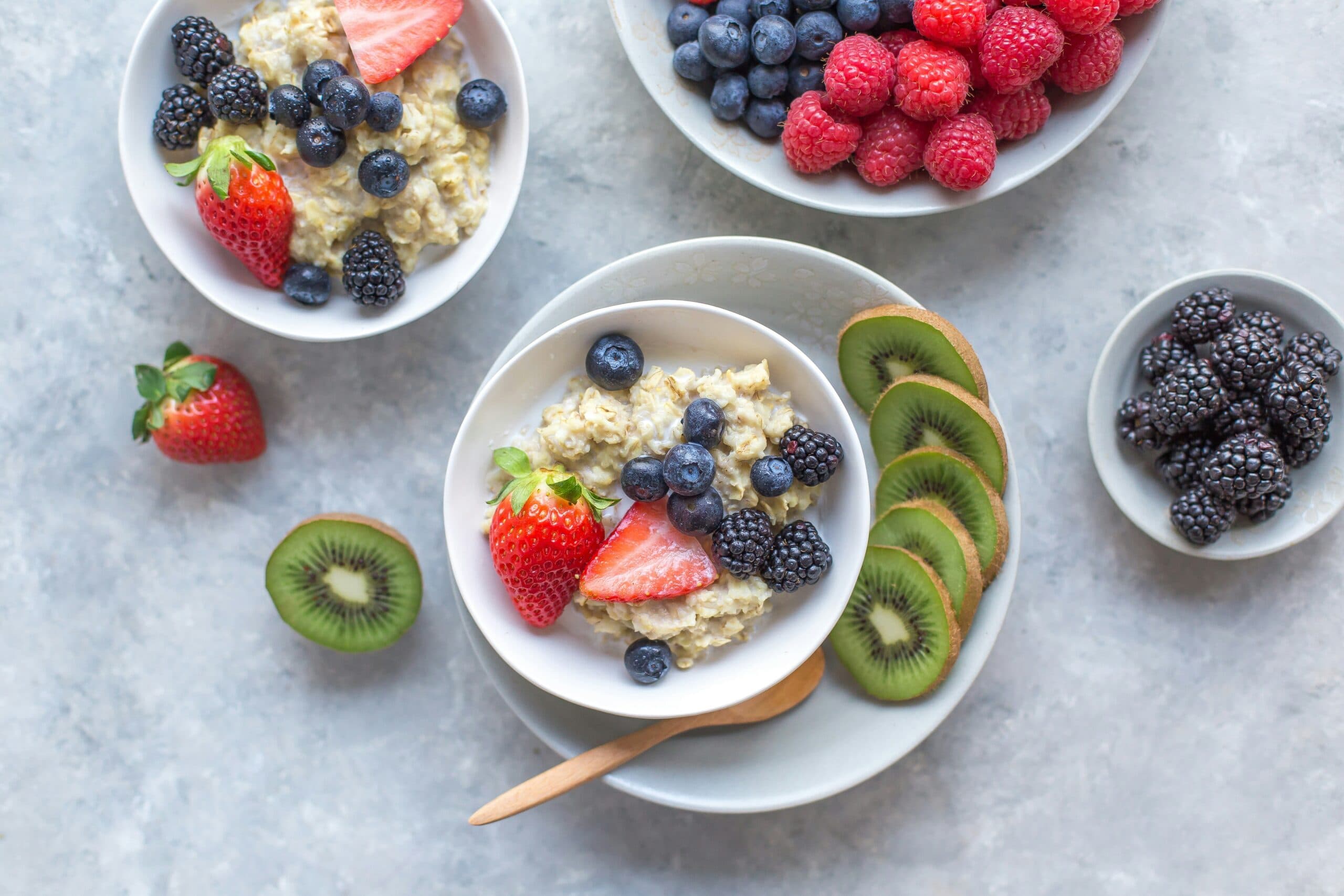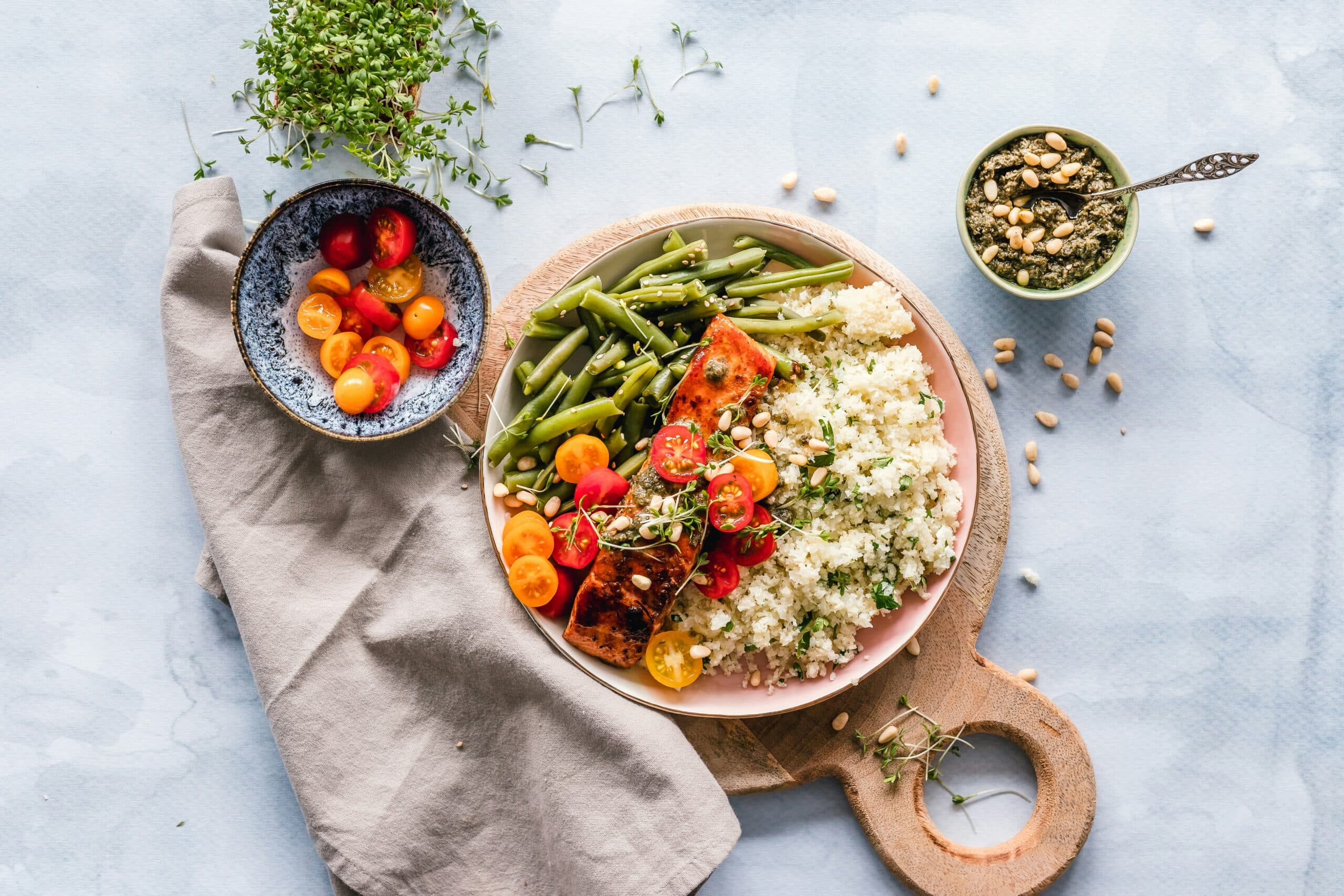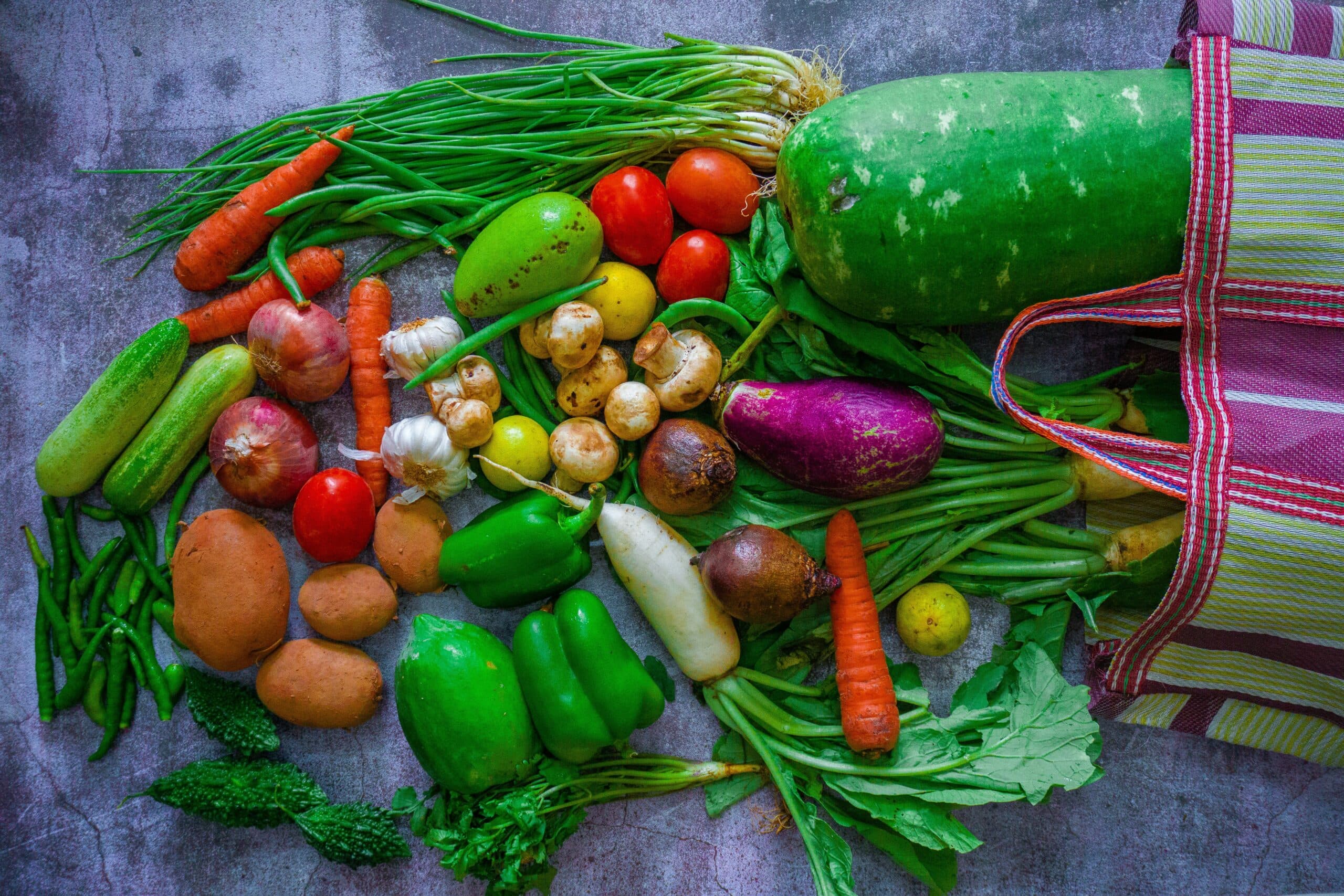
November 20, 2024
Choose Clean Ingredients When Grocery Shopping
The food we consume every day is often packed with hidden ingredients—some of which may be doing more harm than good. With preservatives, artificial flavors, and pesticides lurking in common grocery items, opting for cleaner ingredients can lead to better health, fewer additives, and a reduced impact on the environment. Here’s an informative guide on how to choose clean ingredients when shopping for groceries to ensure you bring home the cleanest, most nutritious foods.
Why Clean Ingredients Matter: A Quick Look at the Numbers
To understand the significance of clean ingredients, let’s look at a few eye-opening statistics:
- The average American consumes over 130 pounds of additives annually, including preservatives, colors, and flavors.
- Organic produce has been shown to contain up to 30% fewer pesticides than conventionally grown fruits and vegetables.
- Artificial trans fats contribute to roughly 500,000 cardiovascular deaths worldwide each year, according to the World Health Organization.
These numbers highlight the value of reducing exposure to potentially harmful ingredients. The good news? Making small, thoughtful swaps can lead to better nutrition and lower exposure to unhealthy additives.
1. Look for Whole Ingredients on Labels
When examining food labels, prioritize products with short ingredient lists composed of whole, recognizable items. For example, if you’re buying tomato sauce, look for versions that contain just tomatoes, salt, herbs, and spices, rather than added sugars or preservatives. By choosing products with clean, minimal ingredients, you avoid unnecessary additives and enjoy the true flavor and nutrients of food.
2. Choose Organic for High-Pesticide Produce
The Environmental Working Group (EWG) publishes a “Dirty Dozen” list each year, highlighting fruits and vegetables with the highest pesticide residues. Opting for organic versions of these items—like strawberries, spinach, and apples—can significantly reduce your exposure to pesticides. While organic isn’t always necessary, focusing on the highest-risk items can make a notable difference. Remember, eating any fruit or vegetable is better than none, so don’t stress over organic for every item.
3. Opt for Fresh or Frozen Over Canned Foods
Canned foods can contain high levels of sodium, preservatives, and BPA (a chemical found in can linings). Fresh or frozen options are often cleaner choices, as they are less processed and retain more nutrients. When buying frozen produce, look for packages without added sauces or seasonings, which can contain unnecessary sugars, fats, or artificial ingredients.
4. Avoid Artificial Sweeteners and Choose Natural Options
Artificial sweeteners like aspartame, saccharin, and sucralose are commonly added to low-calorie or “diet” products. While they may reduce sugar content, they can negatively impact gut health and cause cravings for more sweets. Consider natural sweeteners like honey, maple syrup, or stevia in moderation, which offer more nutrients and flavor without the chemicals.
5. Steer Clear of Hydrogenated Oils and Artificial Trans Fats
Hydrogenated oils and trans fats are often found in processed foods, baked goods, and margarine to extend shelf life, but they are associated with increased heart disease risk. Instead, look for products with heart-healthy oils, like olive oil, avocado oil, or coconut oil. Check labels to ensure that no partially hydrogenated oils are used, and opt for butter or natural spreads when possible.
6. Go BPA-Free When Choosing Packaged Goods
BPA (Bisphenol A) is an industrial chemical commonly found in plastic containers and can linings. It has been linked to hormonal disruptions and other health concerns. Many companies now offer BPA-free packaging, especially for canned goods and water bottles. To be safe, consider storing food in glass or stainless steel containers at home, and limit your reliance on plastic.
7. Prioritize Grass-Fed, Free-Range, and Wild-Caught Animal Products
If you consume meat, dairy, or fish, consider choosing clean, responsibly sourced options. Grass-fed and free-range meats are often leaner, contain more nutrients, and avoid antibiotics and hormones. Wild-caught fish generally have fewer contaminants than farm-raised fish, which can be exposed to pesticides, antibiotics, and artificial coloring. While these options may be pricier, they offer cleaner sources of protein and fats.
8. Buy Unprocessed Grains and Legumes
Packaged grain and legume products may contain added sodium, preservatives, and artificial flavorings. By purchasing whole grains like brown rice, quinoa, and oats in their natural form, you retain more nutrients and avoid unnecessary additives. Dried beans and lentils are also more cost-effective and cleaner than their canned counterparts, as you control any added ingredients during preparation.
9. Limit Processed and Pre-Packaged Foods
Processed foods often contain artificial colors, flavors, preservatives, and high levels of sodium and sugar. While convenient, these additives are best avoided when possible. Try to prepare snacks like nuts, fruits, and homemade energy bars, or make simple meals from scratch using whole ingredients. This way, you control what goes into your food and can skip unnecessary chemicals.
10. Support Local and Seasonal Produce
Shopping for local, seasonal produce often means you’re getting fresher, cleaner ingredients. Local produce doesn’t require long transportation, which reduces the need for preservatives and refrigeration, while seasonal foods are picked at peak ripeness, meaning more flavor and nutrients. Support local farmers by visiting farmers’ markets or joining a community-supported agriculture (CSA) program.
Final Thoughts: Choosing Clean for a Healthier Lifestyle
Swapping for clean ingredients isn’t about perfection; it’s about making choices that support your well-being and the environment. From selecting whole, natural ingredients to opting for organic produce, each step you take adds up to a healthier diet and lifestyle.
Whether you’re new to clean eating or looking to refine your shopping habits, these tips make it easy to prioritize nutritious, wholesome foods without the extra additives. Enjoy a grocery list that nourishes both you and the planet and choose clean ingredients.
Recent Posts

How Balanced Nutrition Affects Mental Health
December 16, 2025

Nutrition Coaching vs. Diet Plans for Sustainable Results?
November 5, 2025

Seasonal Grocery Shopping: Eating in Season Boosts Nutrition
October 30, 2025

How to Grocery Shop for a Sustainable, Healthy Lifestyle
October 22, 2025

Meal Planning 101: Shop Smart for a Week of Healthy Meals
October 21, 2025

What is the Paleo Diet and How Could It Benefit You?
September 19, 2025
